Duration
Class Schedule
Financial Aid
Placements
Access to state of the art equipment and industry-centric curriculum, shaping future success.
The Diploma in TV Journalism and Communication is ideal for aspiring journalists, media enthusiasts, and storytellers passionate about news, digital content, and mass communication. Designed for those seeking journalism courses after 12th (10+2), this program trains you to report, produce, and communicate effectively across television and digital platforms, building confidence, credibility, and real-world newsroom skills.


With our 1-year Diploma in TV Journalism and Communication program, students receive hands-on training in news production, media production, anchoring, and public communication. The journalism course follows an 80:20 model, with 80% practical learning through newsroom simulations, live reporting, and portfolio creation, and 20% dedicated to theory, media law, and critical analysis.
At AAFT, the Diploma in TV Journalism and Communication is led by a distinguished team of educators and active industry professionals involved in national and international event projects.
AAFT offers Mass Communication courses with placement support, backed by strong industry partnerships and a commitment to student employability.
This Diploma in TV Journalism and Communication offers immersive, practice-based training through newsroom simulations, field reporting, and studio production. Students gain real-world exposure via internships, live news projects, and expert-led workshops. Designed for those looking to specialise in TV and journalism, this journalism course equips learners with industry-relevant skills for dynamic careers in mass communication, news broadcasting, and digital media.
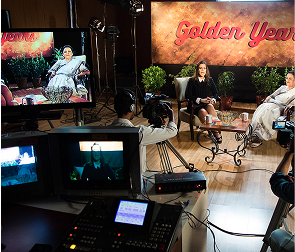
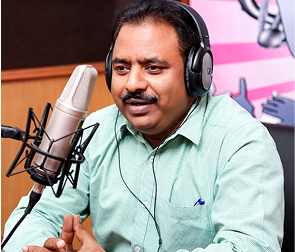
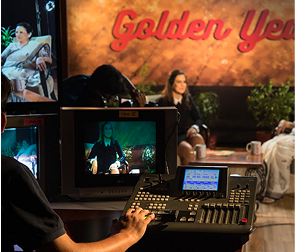

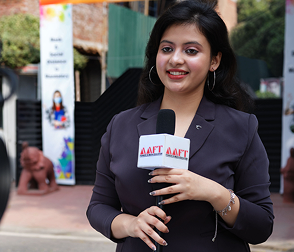



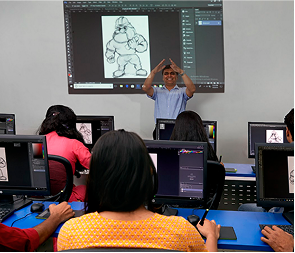
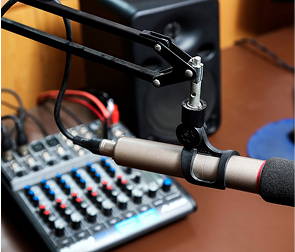

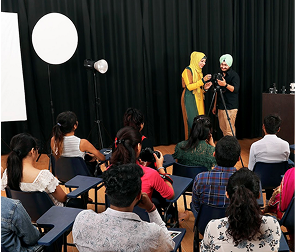
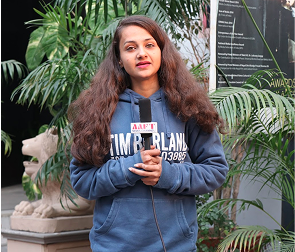

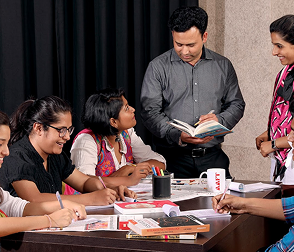
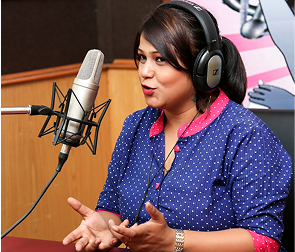

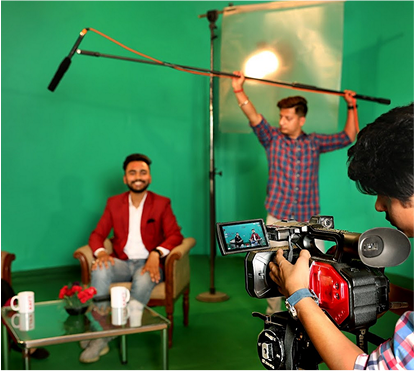

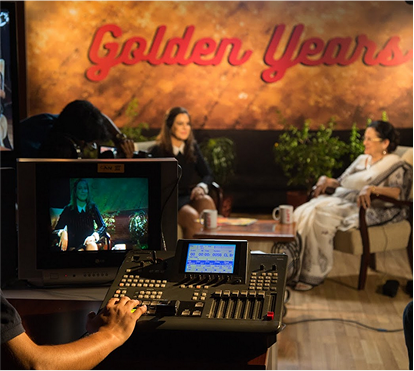
AAFT Boats of a highly qualified and experiences team of professor who hold impeccable industrial acumen after having led successful careers in their respective fields.
Ms. Kaveree Bamzai, a distinguished journalist with over 30 years of experience, joins AAFT as the Industry Dean of the School of Journalism and Mass Communication. Known for being the first woman editor of India Today, she has also made significant contributions to The Indian Express and The Times of India. As an author, her works include ‘Three Khans and The Emergence of New India,’ ‘No Regrets: The Guilt-Free Women’s Guide to a Good Life,’ and ‘Bollywood Today.’ Her insightful reporting and editorial leadership have left a profound impact on the field of journalism. Ms. Bamzai has received numerous accolades, including the MSA Rao Award for Academic Excellence from the Delhi School of Economics and the Chevening Scholarship. At AAFT, her expertise will enrich the journalism program, offering students unique opportunities for growth and success.
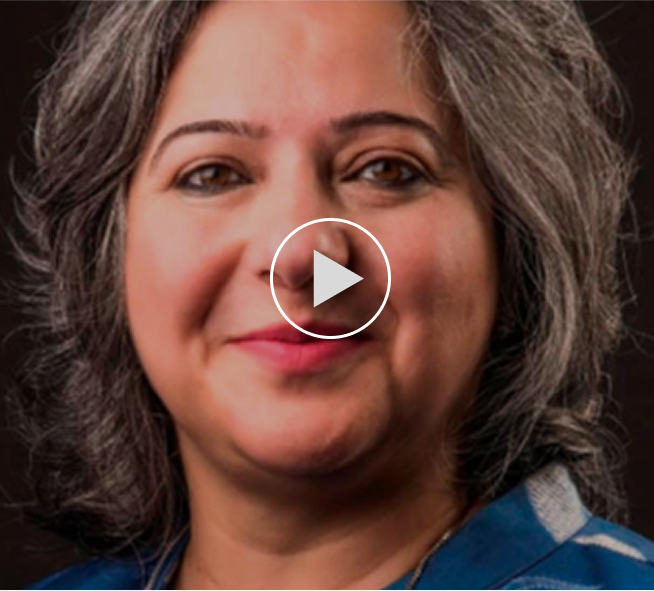
Ms. Kaveree Bamzai, a distinguished journalist with over 30 years of experience, joins AAFT as the Industry Dean of the School of Journalism and Mass Communication. Known for being the first woman editor of India Today, she has also made significant contributions to The Indian Express and The Times of India. As an author, her works include ‘Three Khans and The Emergence of New India,’ ‘No Regrets: The Guilt-Free Women’s Guide to a Good Life,’ and ‘Bollywood Today.’ Her insightful reporting and editorial leadership have left a profound impact on the field of journalism. Ms. Bamzai has received numerous accolades, including the MSA Rao Award for Academic Excellence from the Delhi School of Economics and the Chevening Scholarship. At AAFT, her expertise will enrich the journalism program, offering students unique opportunities for growth and success.

Dean

Assistant Professor
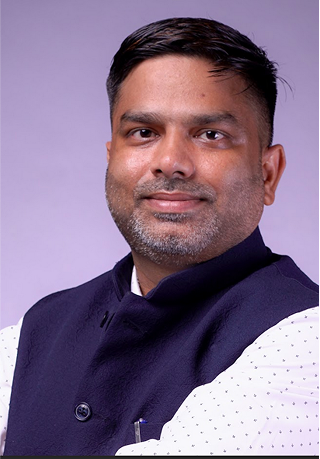
HOD
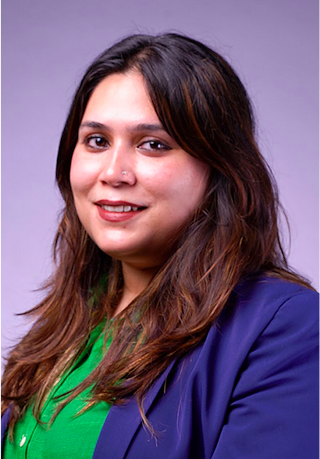
Assistant Professor
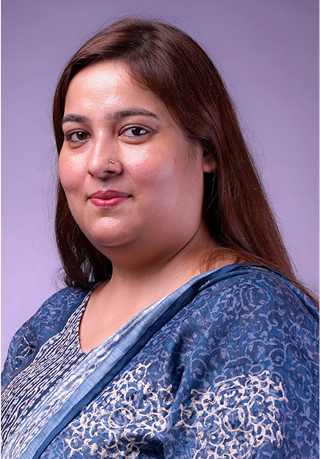
Assistant Professor
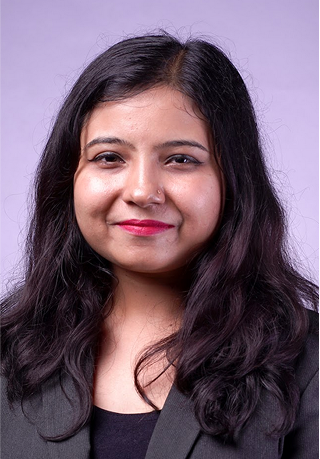
Assistant Director
Cvent India
Content Marketing Associate
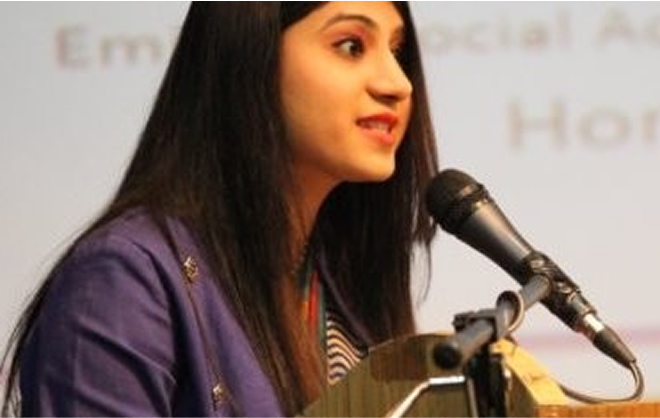
Hindustan Times
Content Producer
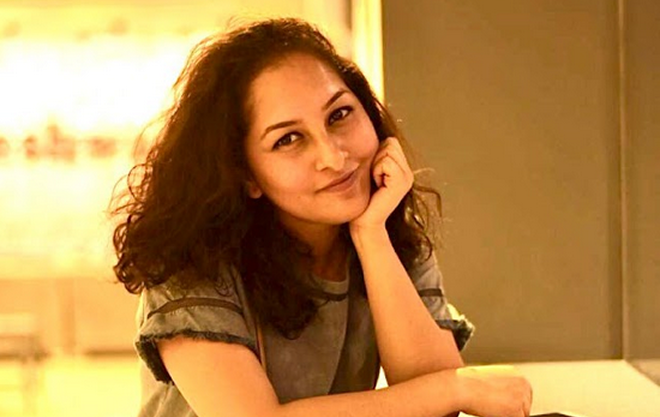
NDTV Convergence
Multimedia Producer
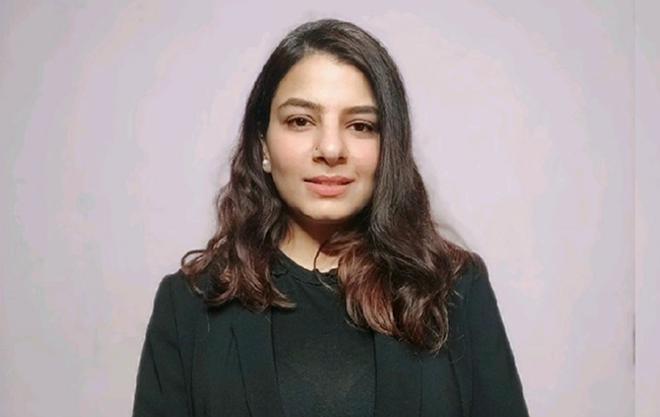
Aaj Tak
Cameraperson

We attract exceptional candidates who possess a blend of intellectual curiosity, leadership potential and a passion for music, thereby creating a cohort of promising future leaders.
Candidate must have a 10+2 from a recognized university/institution
Candidate must have a minimum of 50% marks in 10+2 (45% for reserved categories)
Candidate need to clear the AAFT Global Entrance Test (GET)
Candidate must have a 10+2 from a recognized university/institution
A personal interview will be conducted to screen your application.
Post the admission round, the admission letter will be rolled out to the selected candidates.
Students who have completed their higher secondary education (10+2) from any recognized Board of Education, including CBSE / ICSE / IGCSE / IB or State Board, can apply for admission for a PG Diploma in TV Journalism and Mass Communication.
The duration of the TV and Journalism course is 1 year.
Fill out the application form online at aaft.com/pay-registration or visit the campus. For details, call 09811014536 / 09811013654 / 0120-4831100 or visit aaft.com/apply-now.
After completing your one-year Diploma in TV Journalism and Communication, below mentioned are some of the career opportunities available for the students.
A Diploma in TV Journalism and Mass Communication offers a solid foundation for a career in media. During this program, students learn about news reporting, communication skills, news reporting and ethical considerations, and pursue roles like news anchors, reporters, editors, producers, and more.